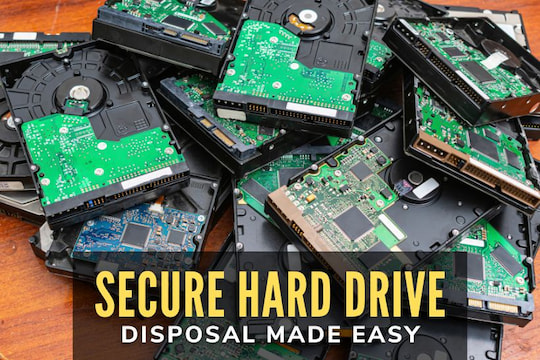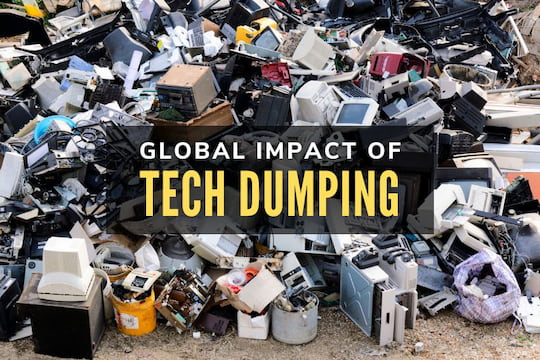There has been more and more talk about businesses moving to the cloud for their data. As technology increases, companies also have to worry about data consolidation as they move from one piece of technology to a newer version. Although the cloud can be useful and consolidating data is essential, there are some risks when it comes to security. Often, after the information is combined or moved to the cloud, the equipment where the data was previously stored is destroyed or sometimes refurbished. It is crucial for businesses to make sure that all the information is destroyed efficiently so that there are no security leaks. The best way to avoid these security leaks is to plan.
The first thing to do when taking on a project that entails the destruction of data at a data center is to figure out your company’s data retention policies. You have first to get the approval from your company regarding what media to destroy, as well as hard drives. If you are unsure of what to destroy, it can impede a time-sensitive project, and you may also destroy something on accident that can lead to other problems. If you are working on a timeline and going to a certified data destruction vendor, make sure they have enough time to destroy everything before the deadline. This means calling in advance and figuring out what their usual timeline is.
Another critical step is to know which secure data destruction method you are going to use. There are a few different types of ways to destroy data, and you can choose which to use depending on your company’s desires. The first method for data destruction is physical destruction. This means they physically destroy the equipment and dispose of the material according to all environmental regulations. Degaussing is the second method. With this, a strong magnet is used to destroy all the data. Sometimes, tapes can be refurbished and reused. Finally, there is data sanitization. This is when the hard drive is completely wiped, deleting all of the original data. After it has been wiped, it can then be resold, which means your company could remarket assets. Finally, be sure to find the verified data destruction center that works for the needs of your company.




















